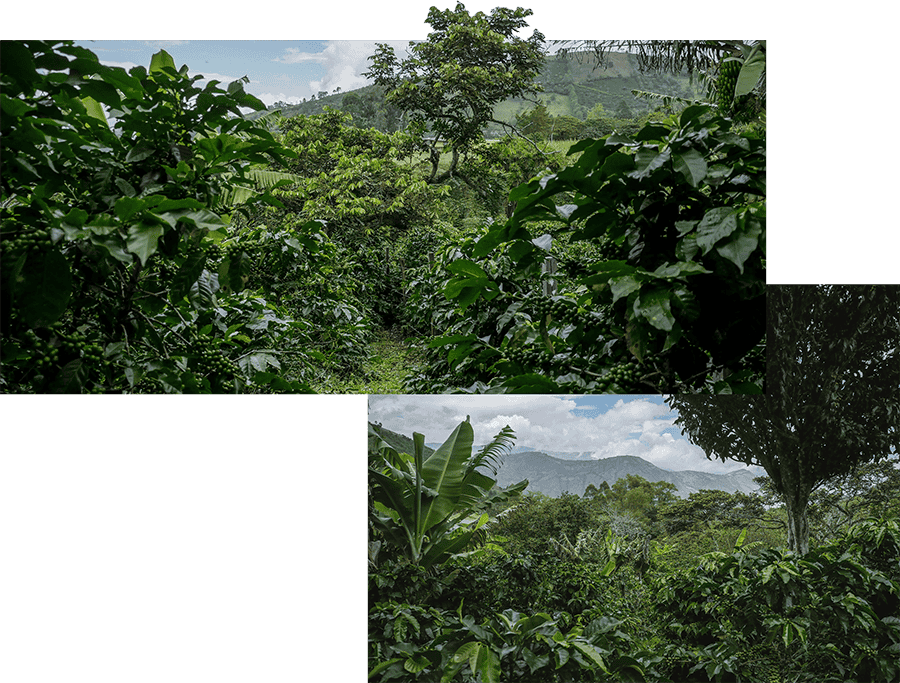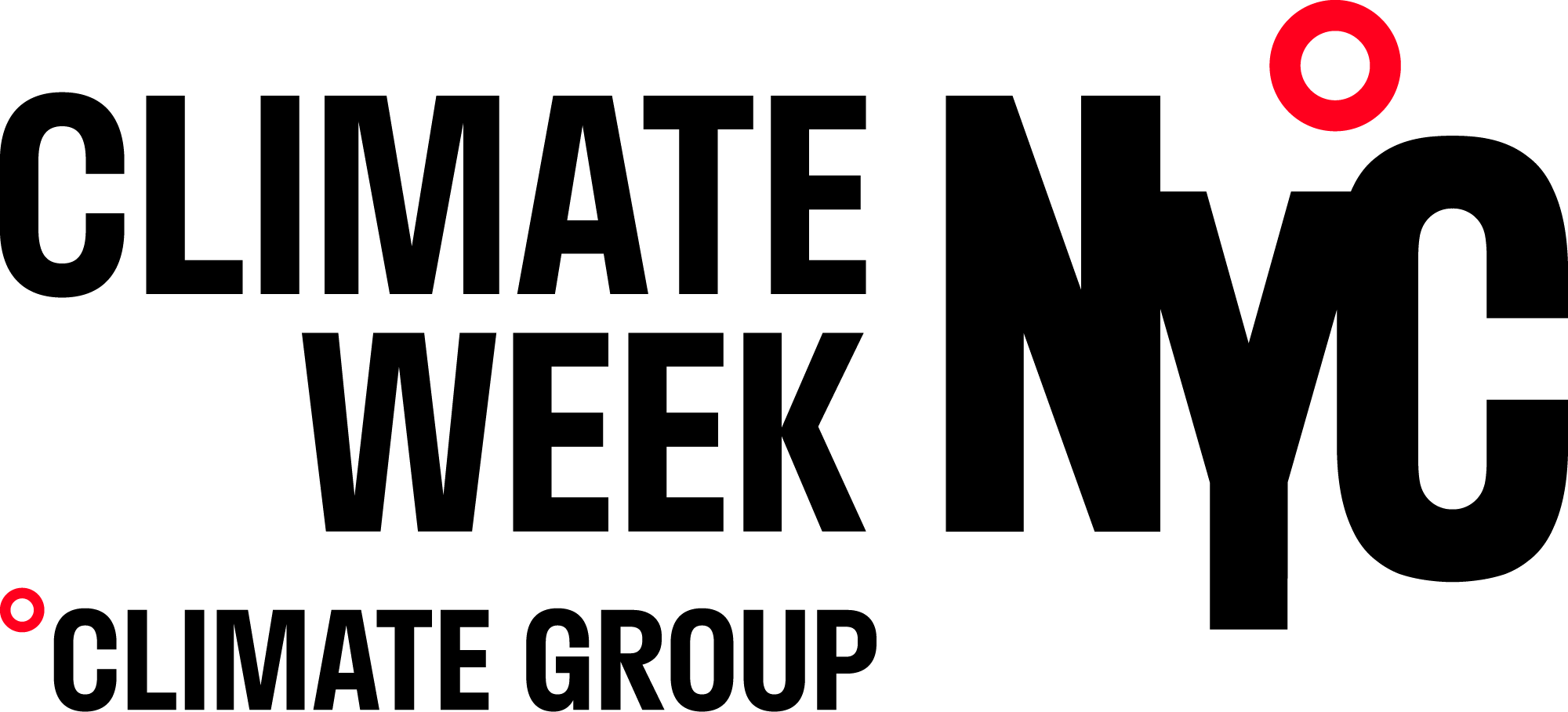 |
Regenerative agriculture offers a promising solution to restore soil health, promote the resilience of natural ecosystems, and draw down carbon – all while increasing farmer incomes. But what does it look like in practice?
This question is just one of many that will be up for discussion during Climate Week NYC – an event that brings together sustainability leaders from across the globe, offering an opportunity to share learnings, ideas and insights and accelerate the journey toward a regenerative global food system.
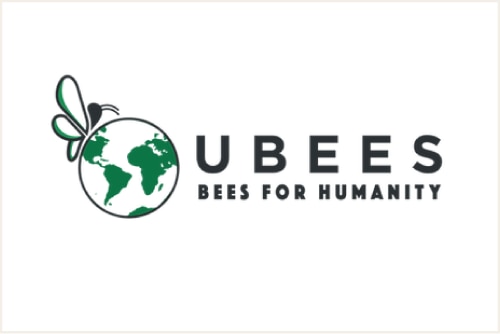 |
 |
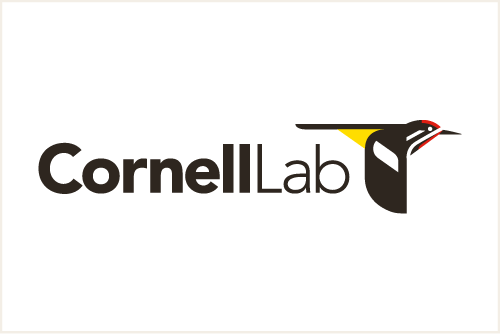 |
To advance the conversation, Nespresso will share three practical regenerative agriculture collaborations we’re working on in partnership with Ubees, the Cornell Lab of Ornithology, and PUR. Here, we explore how these partnerships are helping diversify farmer income streams, restore ecosystems, and scientifically measure biodiversity restoration.
Join us at the panels during the week to explore how these partnerships are helping diversify farmer income streams, restore ecosystems, and scientifically measure biodiversity restoration

COFFEE AS A FORCE FOR GOOD: LESSONS FROM SUPPLY CHAIN INITIATIVES FOR CARBON AND BIODIVERSITY
With Nespresso, PUR, and Cornell Lab of Ornithology
SEPTEMBER 25, 2024
REGISTRATION CLOSED

SCALING
CLIMATE-RESILIENT SUPPLY CHAINS THROUGH NATURE-BASED SOLUTIONS
With Nespresso, PUR and the Federación Nacional de Cafeteros (FNC)
SEPTEMBER 25, 2024
REGISTRATION CLOSED

REGENERATIVE AGRICULTURE, PRODUCT SUPPLY CHAINS
AND THE ROLE OF BIODIVERSITY IN CLIMATE
With NYU Stern Center for Sustainable Business, Nespresso, L’OCCITANE
SEPTEMBER 26, 204
REGISTRATION CLOSED
THE POWER
|
Whereas modern industrial agriculture seeks to tame nature, regenerative farms find innovative ways to work with it. One example of this is through soil regeneration. While there are many ways to restore soil health, farmers are turning to trees as a promising area of focus. |
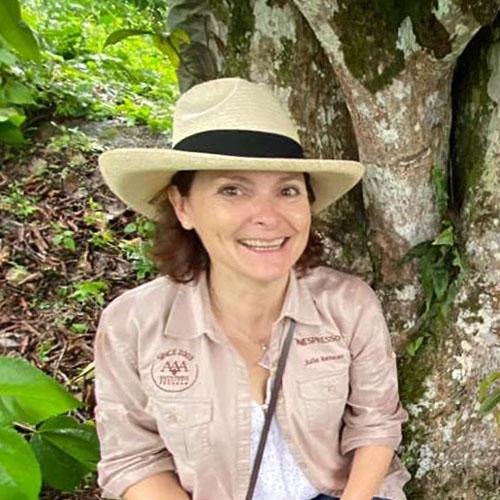
“Trees are probably the foundation of regenerative agriculture,”
says Julie Reneau, Head of Coffee Sustainability at Nespresso.“Not only do trees sequester carbon and improve landscape resilience but they promote biodiversity both above and below ground. Think of trees as the platform for many vital ecosystem services.”

Nespresso has worked with Paris-based PUR for more than a decade. The projects focus on providing farmers with the technical knowledge and financial means to implement agroforestry to address issues like pests and disease, biodiversity loss, reduced pollination and reduced water resources.
“An interesting aspect of coffee is that it’s a forest crop: it needs the shade of trees to grow,”
says PUR’s Andrew Nobrega.“Supporting farmers to plant more trees on their land boosts the quality of their coffee harvest, as well as harnessing the vital climate services trees provide in terms of carbon sequestration, soil health, and promotion of biodiversity.”
|
Planting more trees is one thing – but how do you know if it’s making a difference? According to the Cornell Lab of Ornithology, one way to measure the success is by listening to the birds. |
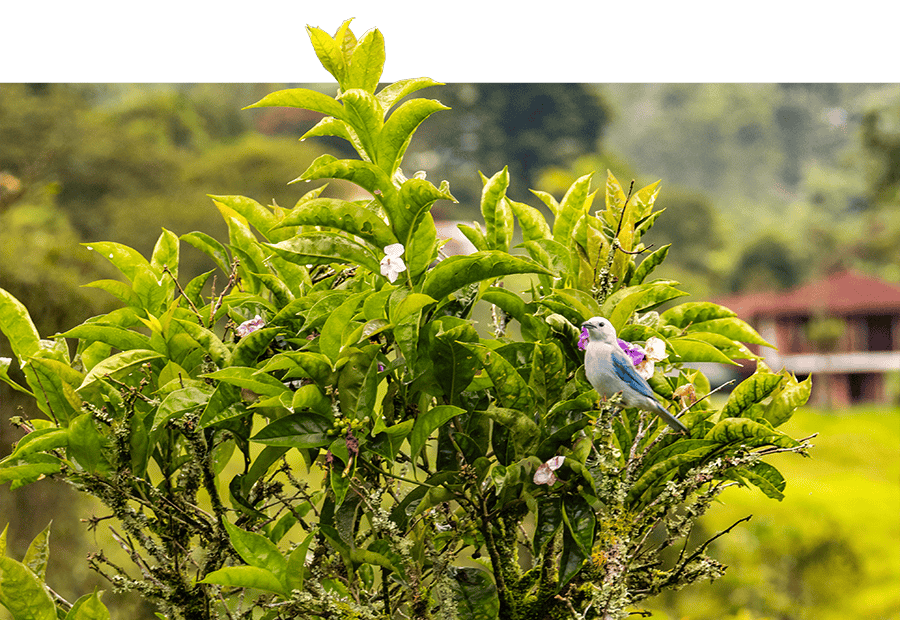 |
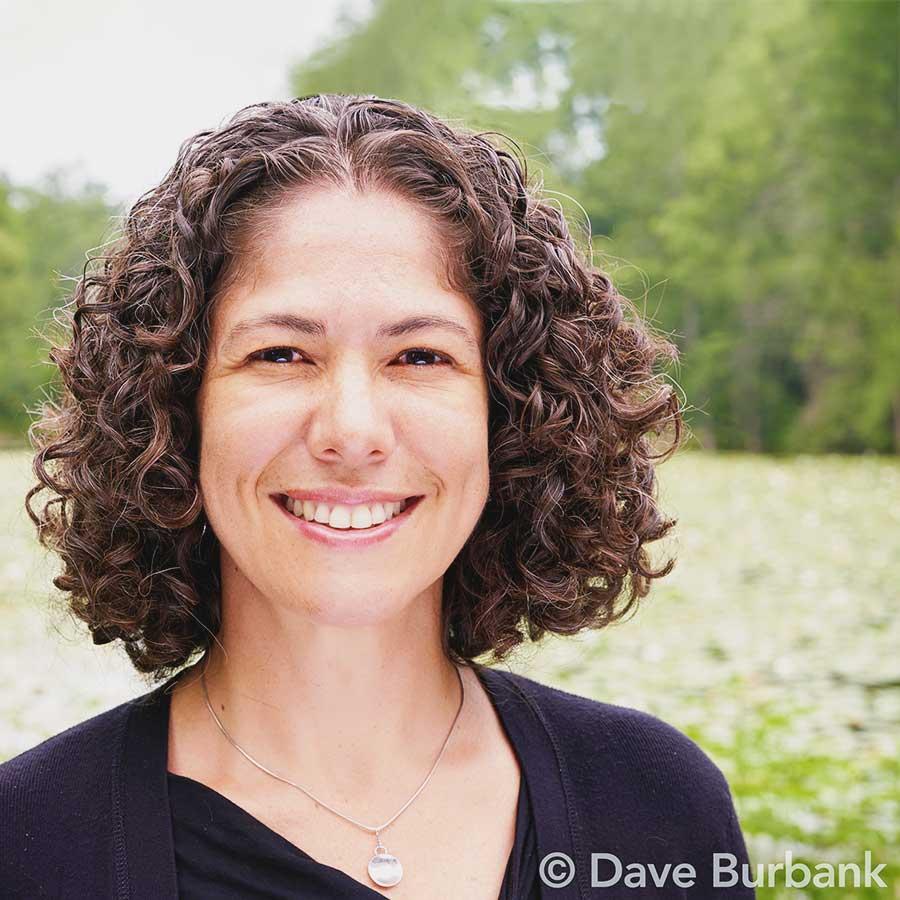
According to Viviana Ruiz, Assistant Director at Cornell’s Center for Avian Population Studies, the preliminary research findings show a strong correlation – more trees equal more biodiversity. If a diverse and plentiful bird population can be heard on coffee farms, the populations of other animals are likely doing well also.
“Farmers have a more resilient farm, which means more food can be grown there in future, biodiversity is getting a boost, the landscape is more resilient to climatic events, and consumers are getting a better product because the soil is healthier,” says Viviana.New research by Cornell University monitors which bird species are present on coffee farms to track the presence of various species.
“Birds are a great indicator of overall biodiversity levels. They also happen to be among the easiest to monitor, thanks to their distinctive sounds,” says Viviana.
FROM BLOSSOM TO BREW: CRAFTING HONEY AND COFFEE TOGETHER
In August, Nespresso debuted a new product in the United States designed to sweeten the customer experience: Nespresso Coffee Blossom Honey. Aside from tasting delicious, the limited-edition, small-batch honey and honey syrup is also a tangible example of solutions for farmers income diversification and protection of nature.
A healthy bee population is critical to ecosystems around the world. Without bees, plants that rely on pollinators would not survive. Bee populations have been declining globally over recent decades. This poses a threat to a variety of plants critical to human well-being and livelihoods. We’ve always known that bees are key to keeping our environment alive and healthy, feeding and seeding nature. It is essential to protect their environment as they are allies in the journey towards regenerative agriculture, helping to build a sustainable future.
To harness the benefits that bees can provide to coffee farming, Nespresso partnered with agri-tech start-up, Ubees, to bring 2000 connected beehives to its Master Origins coffee farms in the Jardín, Caldas and Huila regions of Colombia The company’s state-of-the art technology enables remote, real-time monitoring of the health of beehives, the pollination status of the field and the local weather information.

“Experts have been talking about regenerative agriculture for years, and we’re seeing more and more farmers and brands gravitate towards this approach. But today, many consumers don’t really understand what it is,”
says Jessica Padula, Head of Sustainability at Nespresso USA.
“That’s the great thing about the Nespresso Coffee Blossom Honey – it’s an expression of regenerative agriculture and a demonstration of what nature can provide to farmers as services on practical level.”
SCALING IMPACT
On September 26, 2024, Nespresso announced a loan of USD 1 million to support Ubees in scaling up their program in Colombia. The goal is to install 200,000 beehives in less than 10 years together with other external contributions, across Latin America and Africa. The loan will empower even more farmers to adopt regenerative practices and diversify their incomes.
THE PATH FORWARD
While the buzz around regenerative agriculture may be relatively new, the practice is anything but. The principle of working with the natural rhythms, flows, and even constraints of the land to cultivate the food we eat — that’s as old as humanity.
It’s time to get back to basics.
“Regenerative agriculture is the future,” says Julie Reneau.
“Evolving our food system to an agricultural approach founded on natural practices is a good thing for all of us: after all, we are what we eat. Nurturing healthier soils gives us better food today and revives nature so that it can continue to provide for future generations.”
“When you consider how much agriculture contributes to global emissions, it’s essential that we make this change at scale,” she continues. “The onus is now on governments to create a framework which adequately supports farmers – the true guardians of nature – to make this transition.”
This article uses images subject to copyright © Elegante | FAMA | PUR
Article published in: September 2024


